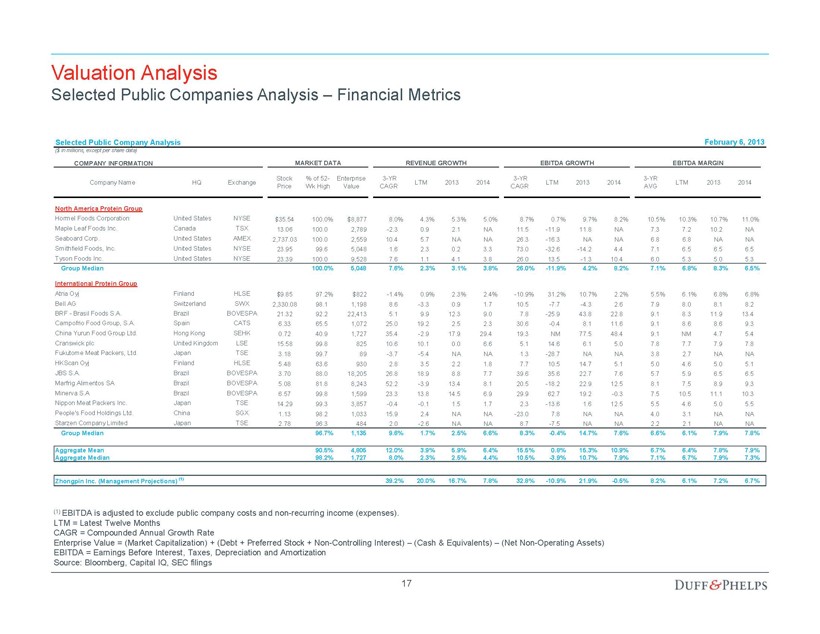Using Public SEC Filings To Analyze Companies_3
Post on: 16 Март, 2015 No Comment

From Intellogist
If you found this page through a web search, we invite you to visit our Main Page to see what Intellogist is all about. This Community Report exists for our users to share information and experiences about patent search resources. Registered users can add, edit, or delete material on this page. The information contained on this page is the result of community collaboration and is not vetted by individual experts or fact-checkers. For in-depth reviews of other patent search resources, please read our Intellogist Reports. For information about editing Community reports, please see our Help pages. If you’d like more information about why Intellogist did not write about this search tool, please see our Criteria for Intellogist Articles .
Introduction
EDGAR (Electronic Data Gathering, Analysis, and Retrieval system) is a free database created by the U.S. Securities and Exchange Commission (SEC), and all companies, foreign and domestic, are required to file registration statements, periodic reports, and other forms electronically through EDGAR. [1] According to the SEC website, the main purpose of EDGAR is to increase the efficiency and fairness of the securities market for the benefit of investors, corporations, and the economy by accelerating the receipt, acceptance, dissemination, and analysis of time-sensitive corporate information filed with the agency. [2]
Companies were phased into EDGAR filing during a three-year period that ended May 6, 1996, and after that date all public domestic companies were required to make their filings on EDGAR, except for filings made in paper because of a hardship exemption. [2] The SEC website also states that third-party filings with respect to these companies, such as tender offers and Schedules 13D, are also filed on EDGAR. [2] The SEC website lists the following types of documents that may not be available on EDGAR: [2]
- Documents not yet permitted to be filed electronically
- Documents that may be filed on EDGAR voluntarily:
- Form 144 (notice of proposed sale of securities)
- Forms 3, 4, and 5 (security ownership and transaction reports filed by corporate insiders) filed before June 30, 2003 (forms filed on or after this date are not optional).
- Filings by foreign companies and foreign governments before November 4, 2002 (after this date, these filing must be made on EDGAR).
- Actual annual report to shareholders (except in the case of investment companies).
According to the SEC website, only plain text or HTML documents submitted to EDGAR are official filings, and PDF documents are unofficial copies of filings. Additionally, Some filers are required to submit documents in Interactive Data format using the eXtensible Business Reporting Language (XBRL), which accompany certain official filing, and The SEC has provided a software application called a Viewer that automatically renders the XBRL into a human-readable format when the Interactive Data documents are accessed on the EDGAR public website. [2]
Use
The following options are available for searching SEC filings on EDGAR: [3]
- Company or fund name, ticker symbol, CIK (Central Index Key), file number, state, country, or SIC (Standard Industrial Classification) — Enter company name, ticker symbol, file number, and SIC into text fields. Select state and country from drop-down menu.
- Most recent filings — A list if the latest filings received, with the option to limit the list by company, CIK, form type, or ownership.
- Full text (past four years) — A simple text field where the user can enter full-text search queries (Boolean operators and wildcard operators are accepted in the search form. See the FAQ section on full-text searching for more information).
- Boolean and advanced searching, including addresses — Enter a search string (see the Search Overview page for available operators, order of evaluation, and phrase searching information), and select a start and end year from drop-down menus.
- Key mutual fund disclosures — Enter a 5-20 character search for the mutual fund company’s name. [4]
- Mutual fund voting records — Enter a 5-20 character search for the mutual fund company’s name. [5]
- Mutual fund name, ticker, or SEC key (since Feb. 2006) — Search for current information on mutual funds by entering mutual fund name, ticker number, CIK, Series or Class/Contract Name ID into text fields within the search form.
- Variable insurance products (since Feb. 2006) — Search by name of insurance company/underlying mutual fund/contract or CIK/Series/Class/Contract Name ID.
- Custom searches:
- Confidential treatment orders — Instructions on searching for the CT ORDER form type through a variety of search options (latest filings, company search, full-text search, historical archives search, or EDGAR Indexes).
- Effectiveness notices — Securities Act registration statements and post-effective amendments declared effective on the most recently completed business day. [6]
- SEC Central Index Key (CIK) — Enter a company, fund, or individual name to look up their Central Index Key (CIK), an identification used on the SEC’s computer systems to identify corporations and individual people who have filed disclosure with the SEC. [7]
- Daily filings — Search for form types filed in the last five business days.
Additional resources available on the SEC website regarding the use EDGAR include:














